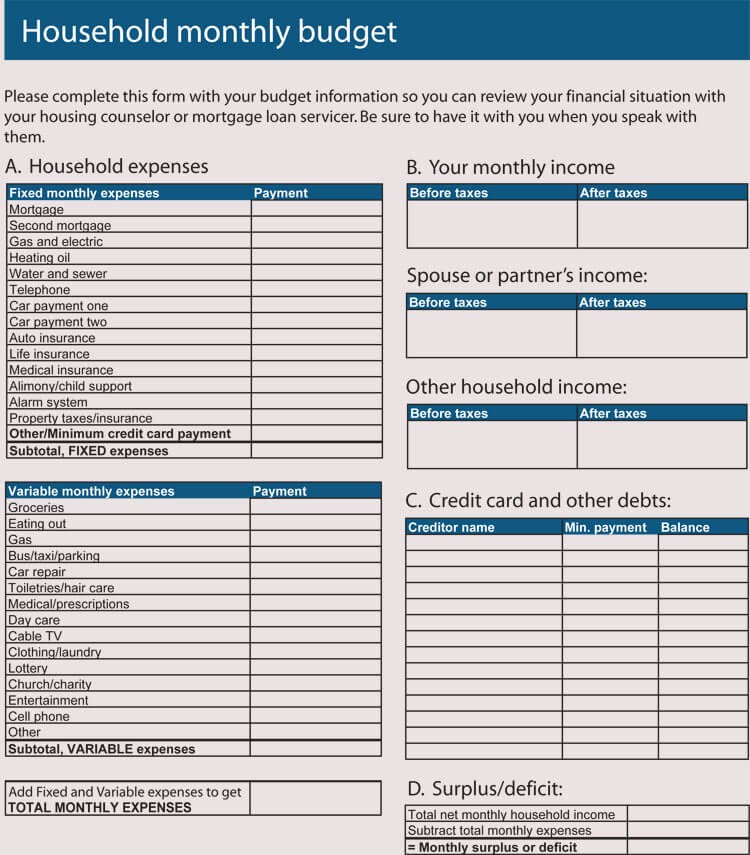

Monitoring your spending and categorizing these is very helpful when you need to make some adjustments. It is also helpful to have an extra income source, more especially so if you ever end up losing your job. If you have a hobby to sustain, find another way to add to your income. Net Income refers to your final take-home pay and this is the value you must use when creating your budget. Always remember that it’s very easy to overestimate what you can afford when you think that your entire salary as the amount you can spend.Īlways take into consideration when creating your Excel budget spreadsheet to subtract deductions and other flexible spending allocations. This is the first step when creating your budget – to identify how much money you have coming in. Here are steps to consider when creating your template: When creating your own personal finances template, you should find a way to keep track of your finances to suit your objectives. Having a personal budget spreadsheet helps you feel in control of your finances, allowing you to save money for your personal goals. How do I create a personal budget spreadsheet? Additionally, a personal budget helps you make better decisions when it comes to your expenditures and savings.
#Budget spreadsheet plus#
You can perform an analysis each month to help you obtain an estimated image of the total savings target you aim to achieve plus the amounts that you can potentially set aside towards your savings. To achieve successful budgeting, you might want to include in your personal expenses template a savings goal that you set for every month. The most common sources of income include the following:
Other: School loans School expenses Credit card payments money put into savings Miscellaneous.A personal budget spreadsheet contains the details of your possible income sources as amounts received from various sources. Financing expenses: Credit card fees check cashing fees Bank fees Other fees. Personal/Family Expenses Money sent to family Child support Daycare Clothing/Shoes Laundry Charitable giving Entertainment Other personal expenses. Health: Health Insurance Co-pays Medicine Other health expenses. Transportation: Car loan payments car insurance car maintenance public transit costs gas parking/tolls Other transportation expenses. Food: Groceries Eating out Other food expenses. Housing: mortgage or rent Utilities (power, gas, water) Internet, cable, satellite Insurance Other (taxes, HELOC payments, etc.). Here are some ideas for expense line items and categories, in case you miss any: Skip a line after this category and move on to Food, following the same pattern. In the cells below this one, fill in different housing expenses that you have each month, like mortgage or rent payments, utilities, and insurance, using one cell for each expense. 
Start by skipping a line after your "Total Income" cell in column A and write in "Expenses." In the next cell down, write in "Housing." This is the largest expense for most people, so create space for this category of expenses first. Because of this, it's easiest to split your expenses up into general categories. Odds are that there will be considerably more individual line item expenses than there are income items. Next, you need to input expense in the same way that you put in income. Recheck it to make sure that it matches the formula above.įill in expense titles.
 If you receive an error message when entering the formula, this means that you have made an error in writing your formula. Excel has many other functions that can be used to simplify calculations. The SUM function in excel adds up the value contained within the specific cells, which can either be input individually (B2, B3, B4) or in a range (B2:B4). The whole formula should look something like this: =SUM(B3:B4). Alternately, you can type in the cell range by typing the first and last cells, separated by a colon, into the SUM function. In the example, this would be cells B3 to B4. Then, click the cell to the right of "Net Pay" and drag down to the cell to right of your last income line item cell. In the cell directly to the right of that cell (B5 in the example), you need to create a formula to calculate total income. Create this cell in the next available cell underneath your last income line items (so, if you only have "Net Pay" and "Other Income," this will be cell A5). When you've created cells for all of your types of income, you'll need one that totals up your monthly income. Make a cell that calculates total monthly income.
If you receive an error message when entering the formula, this means that you have made an error in writing your formula. Excel has many other functions that can be used to simplify calculations. The SUM function in excel adds up the value contained within the specific cells, which can either be input individually (B2, B3, B4) or in a range (B2:B4). The whole formula should look something like this: =SUM(B3:B4). Alternately, you can type in the cell range by typing the first and last cells, separated by a colon, into the SUM function. In the example, this would be cells B3 to B4. Then, click the cell to the right of "Net Pay" and drag down to the cell to right of your last income line item cell. In the cell directly to the right of that cell (B5 in the example), you need to create a formula to calculate total income. Create this cell in the next available cell underneath your last income line items (so, if you only have "Net Pay" and "Other Income," this will be cell A5). When you've created cells for all of your types of income, you'll need one that totals up your monthly income. Make a cell that calculates total monthly income.







 0 kommentar(er)
0 kommentar(er)
